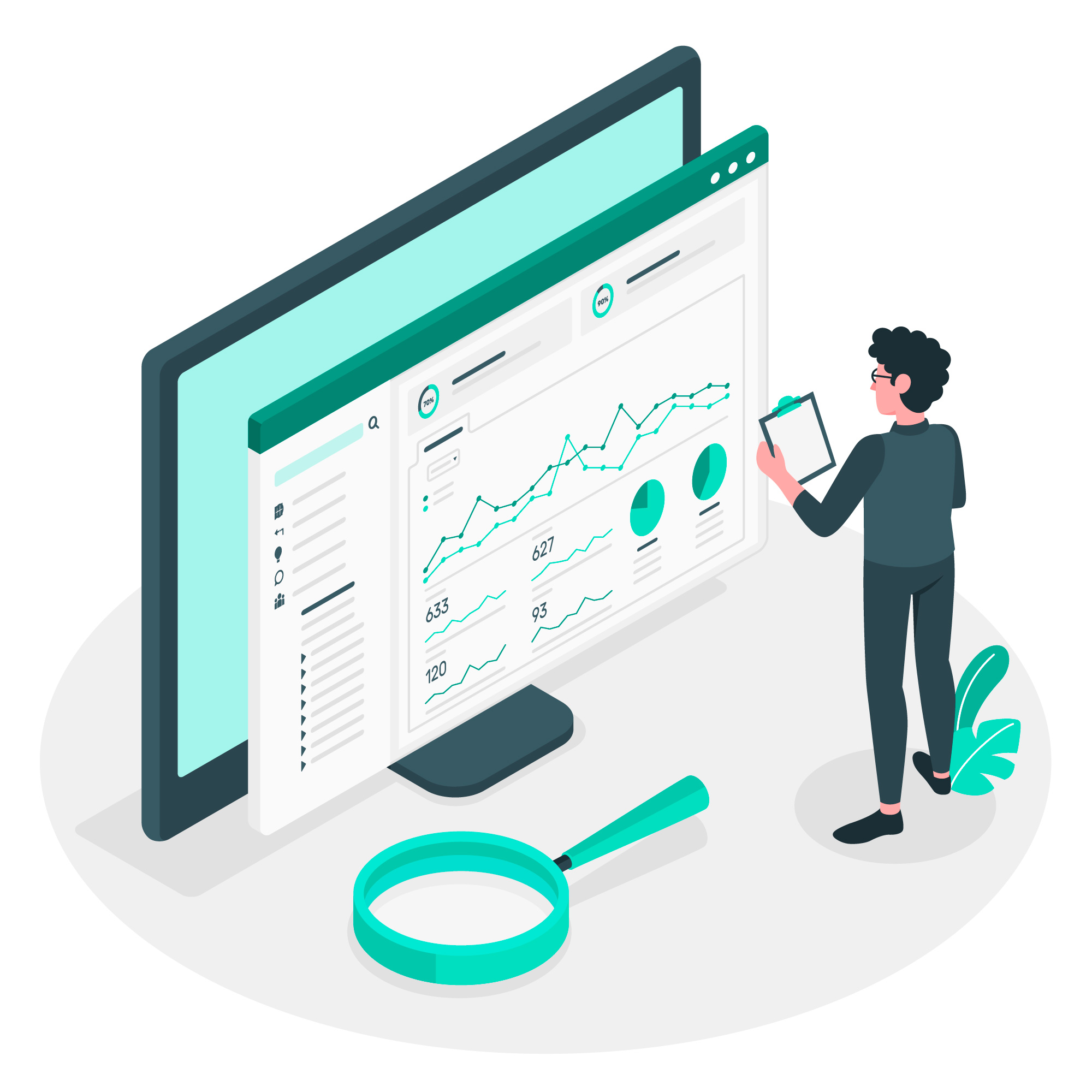Introduction
Coding is becoming very essential day-by-day to the work of a data scientist. A data scientist is a technical expert who uses mathematics and statistics to manipulate, analyze and extract information from data.
According to Fortune Business Insights, the data science platform market size was valued at USD 64.14 billion in 2021 and is projected to grow from USD 81.47 billion in 2022 to USD 484.17 billion by 2029, exhibiting a CAGR of 29.0%.
There are many domains in the data science realm ranging from machine learning and deep learning, to network analysis, natural language processing, and geospatial analysis. To perform these tasks, data scientists need to rely heavily on the computing power of their systems. Programming is the ideal tool that enables them to access and interact with their computing systems.
There are a hundred programming languages out there, built for diverse purposes. Some of them are better suited to data science, while others are not as capable. In this article, we will explore some of the top programming languages concordant with the field of data science.
Programming Languages
Python: Python is one of the most popular languages for data science. Processes involving less than 1000 iterations are faster with Python and make it a better option for data mining. One of the USPs of Python is that using its included packages, natural data processing and data learning become a cakewalk. Moreover, Python makes it easy for programmers to read in data in a spreadsheet using a CSV output.
JavaScript: JavaScript has some exceptional libraries for creating dashboards and visualizing data. It can handle multiple tasks at the same time. The USP of JavaScript is that it can be quickly and easily scaled-up for large applications.
Scala: Scala was designed to address issues with Java. Its advantages are similar to Java, but without the original shortcomings. It is scalable and effective for handling big data. It can also handle concurrent and synchronized processing.
R: This language has been built by statisticians itself. It is a high-level and open source language. It finds application in statistical computing and graphics and has many supporting libraries for data science.
SQL: SQL is a popular language for managing data. Knowledge of SQL tables and queries can help data scientists explore database systems. This domain-specific language is very convenient for storing, manipulating, and retrieving data.
Julia: This language has been developed with the intent to perform speedy numerical analysis and carry out high-performance computing. It is particularly suited to mathematics of linear algebra
Java: This is a totally different language than JavaScript. Java is used for server-side scripting while JavaScript is used for client-facing scripting. Learning Java provides accessibility to data science frameworks such as those for deep learning or data handling. Big data tools like Apache Spark and Hadoop are also written in Java
C/C++: These two languages provide excellent capabilities for building statistical and data tools. Web developers with experience in low-level languages can use C/C++ for scalable projects.
MATLAB: MATLAB is a programming language and an environment suitable for mathematical and statistical computing. It scales well and provides built-in graphics for custom plot points and visualizations. Additionally, it offers built-in tools for dynamic visualizations and a deep learning toolbox that transitions well.
Excel: If you’re a beginner and not quite ready for full programming languages, try exploring Excel. With built-in features such as VLOOKUPS, pivot tables for quick data analysis, and basic tools for high-level data science applications, it is powerful enough to manage structured data.
Conclusion
I hope this post helped you navigate the rich and diverse landscape of data science programming languages. There is no single language that is the best in all scenarios that may arise during your work as a data scientist.
If you are a newcomer in data science, Python and R are a good place to start. Once you feel confident with your chosen language, you could level up with solid SQL training. From there, the sky’s the limit and beyond.
